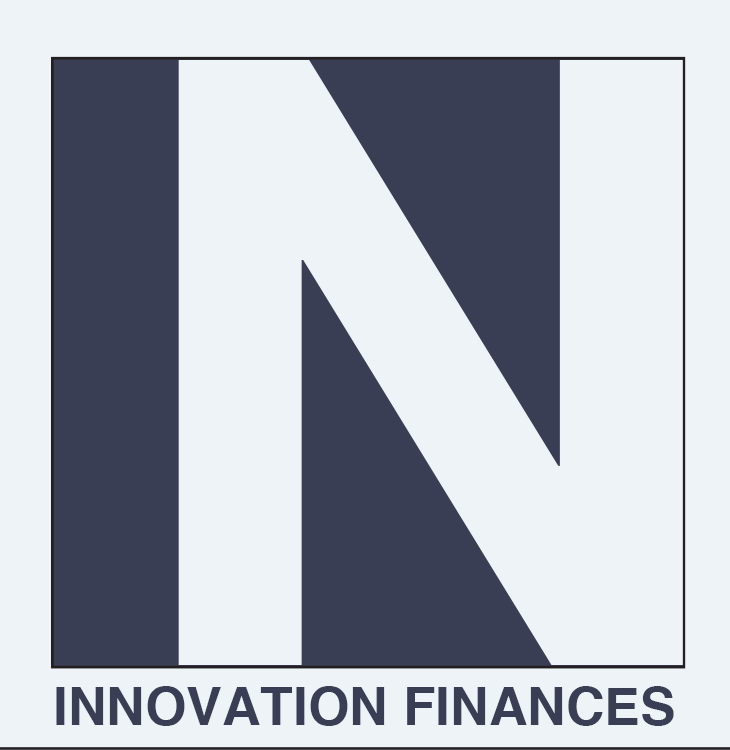Why is it that some people seem to have all of the success while others do not? While there are countless debates that can occur over this subject, one of the strongest reasons for a person’s success is the ability to persevere and recalibrate until success is achieved.
In Malcolm Gladwell’s book Outliers, he discusses the concept that people who are truly top in their field have practiced their craft for 10,000 hours or more. And of those people, the ones who have achieved the 10,000 hour mark right when there was a shift in the marketplace are the ones who become the market-leaders in their industry (picture Steve Jobs, Bill Gates, etc…). These people, the top of the top, are described as outliers.
What is an outlier? An outlier, in simple terms, is an action that is a statistical improbability. In other words, it is something that does not match the trendline of other similar things. When applied to the top of the top of business professionals, an outlier is a person who has achieved the level of excellence in his or her field.
We have all heard the saying repetition is the key to success. This also holds true here. Doing something enough times to be great at it is the secret to achieving success, including financial success. Timing is also important in order to be able to ride the tide as your skillset n=becomes something that the marketplace is craving.
Another way to consider the scenario of the 10,000 hour rule is to consider the 4 stages of competence outlined by American Psychologist Abraham Maslow.
- Stage 1 – Unconscious Incompetence: This is the first stage in development which describes the scenario of a person not only not understanding or knowing how to do something, but also not recognizing the deficit. In order to move to the next skill, this person must be able to first recognize and acknowledge this level of incompetence. Think of an infant riding in an automobile. When this child is buckled into the child-seat, he has neither the understanding or knowledge of what driving a car is.
- Stage 2 – Conscious Incompetence: Once a person recognizes the deficit of Stage 1, then he enters the conscious competence stage and can begin the journey of learning the new skill. Think of the infant in stage 1 becoming a pre-teen. This child gains the awareness to understand what driving a v=car is even though he does not yet have the ability to drive the car himself.
- Stage 3 – Conscious Competence: The consciously competent stage is where a person gains the ability to know how to do something even though the skill of performing this task requires concentration. This is the stage where most people quit whatever they are doing because they get frustrated. Imagine our pre-teen from Stage 2 now is a teenager taking the driving test. This adolescent understands what it means to drive a car and he can drive a car; however, he is white-knuckling it and concentrating heavily through the task.
- Stage 4 – Unconscious Competence: This is the stage that one achieves at the 10,000 hour rule. An unconsciously competent person has so much practice with a skill that this person is said to have a second-nature ability to perform the skill. Considering our adolescent from Stage 3, once he becomes an adult, he has driven a car so long that he could literally zone-out to music during a drive and not even realize that he is driving. This is the stage where one wants to be at whatever it is that extreme success is desired.
As a person looking to climb the corporate ladder, or an entrepreneur trying to grow your business, the key to becoming more successful every year is to never quit. As you travel along your journey of improving yourself or your business, you will find yourself one day looking back from the top of success mountain.
